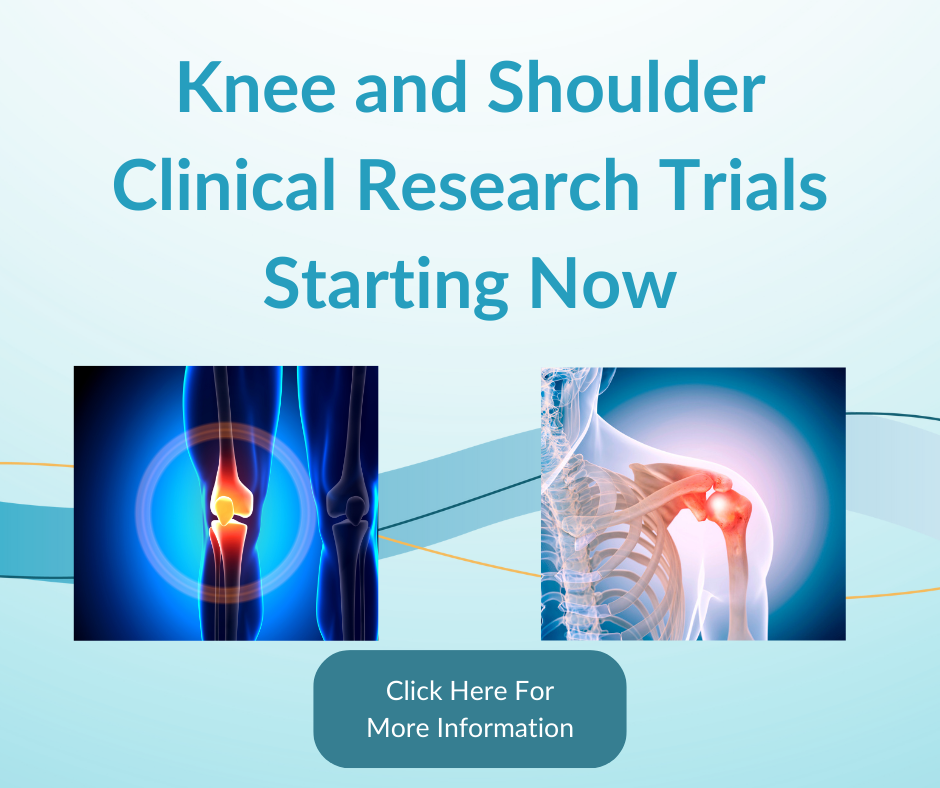 The hip bone is a very important part of the human body. After all, it is what allows us to stand, walk, run and dance! So, when you suffer from chronic hip pain, it can feel as though your entire life is being put on hold. You are no longer able to do the things that you once loved, and certain day-to-day activities can suddenly become impossible.
The hip bone is a very important part of the human body. After all, it is what allows us to stand, walk, run and dance! So, when you suffer from chronic hip pain, it can feel as though your entire life is being put on hold. You are no longer able to do the things that you once loved, and certain day-to-day activities can suddenly become impossible.
Common Causes of Hip Pain
The first step to fighting your pain is figuring out its source. Read below and discover some of the most common causes of chronic hip pain.
Exercises to Ease Hip Pain
Our hips are made to withstand a lot of weight, pressure and movement, but that doesn’t mean the hip joint is indestructible. As we age, the cartilage that serves as padding between our bones wears down and can become damaged. Repeated motion in sports or certain exercises can cause muscles and tendons in the hip to be overused. Falls or other injuries can result in hip fracture. All of these things can result in pain.
To ease this pain, here are some exercises to help.
 Stretching – Starting your day by stretching helps wake up your muscles and prepare them for use all day long. Here are a couple of stretches that will specifically help with hip pain.
Stretching – Starting your day by stretching helps wake up your muscles and prepare them for use all day long. Here are a couple of stretches that will specifically help with hip pain.- The Bridge: Lie on your back with your knees bent and place your feet flat on the floor. Line your feet up with the width of your hips and strive to keep your knees aligned with your ankles, forming a straight line down your calf. Press down through your ankles and raise your buttocks up off the floor while keeping your abdominal muscles tight. Try not to arch your back. Hold the pose for three to five seconds, and then lower your buttocks back to the floor. Start with one set of 10 and build up to more as the stretch becomes easier.
- Kneeling: Kneel on the leg that corresponds with the side of your hip that hurts. You may hold onto something for balance. Tilt your pelvis forward, tighten the muscles in your buttocks and lean away from the side of your hip causing you pain. This will stretch the muscles connecting your hip to your knee. Hold the pose for 30 seconds and repeat a few a times.
- Thigh-Strengthening Exercises – Since your thighs support your hips, it’s important to keep them strong, especially if you’re prone to hip pain. Here are some ways to build up strength.
- Inner Thighs: Lie on your back; put a ball between your knees and squeeze with your thighs. Choose a ball around the size of a kickball or volleyball and be sure it is not overfilled – it should give a little when squeezed. A hard or microfiber pillow could also work. Do a set of 10 and increase sets as you feel more comfortable.
- Outer Thighs: Lie on the side of your body that is not causing you pain and lift the leg on the side that hurts six inches from the ground. Hold for a few seconds and lower your leg. If it is not too painful, repeat the exercise on the other side. Again, do a set of 10 and increase sets as you feel comfortable.
- Low-Impact Exercises – High impact exercises like running or jumping can make hip pain worse but incorporating cardio into your routine is still important. Power walking and using an elliptical machine are good alternatives. Exercising in water is another great trick. The point is to minimize the amount of impact with which your feet are hitting the ground. While low impact exercises are easier on the body, they can be equally as effective in getting the heart pumping.
What is a Hip Pointer and How is it Treated?

A hip pointer injury is typically the result of a direct blow to or a hard fall on the iliac crest, i.e., the widest area at the top of the hip bone, or the greater trochanter – a bone that connects the hip to the thigh.
Individuals who are most prone to hip pointers are athletes and recreational participants of contact sports, such as hockey or football. Unfortunately, any physical activity where falls are common can also cause the injury, and individuals of all ages are potentially at risk.
When you experience sharp pain or difficulty walking immediately after the impact occurs, it is best to see a qualified hip pain specialist in order to ensure that you have not sustained a bone fracture. Although fractures are rare with this type of injury, they do happen on occasion!
Depending on the extent of your hip pointer injury, common treatment options are as follows:
- Conservative treatment – The majority of hip pointers can be treated simply by keeping your weight off the affected leg and placing ice on the hip for 20 minutes daily. You might also consider over-the-counter anti-inflammatory medication to control pain. Total healing time typically spans one to two weeks.
- Physical therapy – If symptoms do not diminish with conservative treatment in a timely manner, you may be required to attend physical therapy. This will typically involve an exercise program to improve hip strength and restore its natural range of motion. Regardless of the treatment plan best suited for your individual situation, it is important to avoid “powering through the pain” and continuing with your strenuous physical activity. This can lead not only to new injuries but also turn the existing acute injury into a chronic one.
Why subject yourself to the guesswork involved in hip pointer injuries when you can speak with a dedicated expert from Coastal Orthopedics Sports Medicine & Pain Management? As a top hip pain physician in Sarasota/Bradenton, we look forward to helping you restore and maintain your hip health for life.





